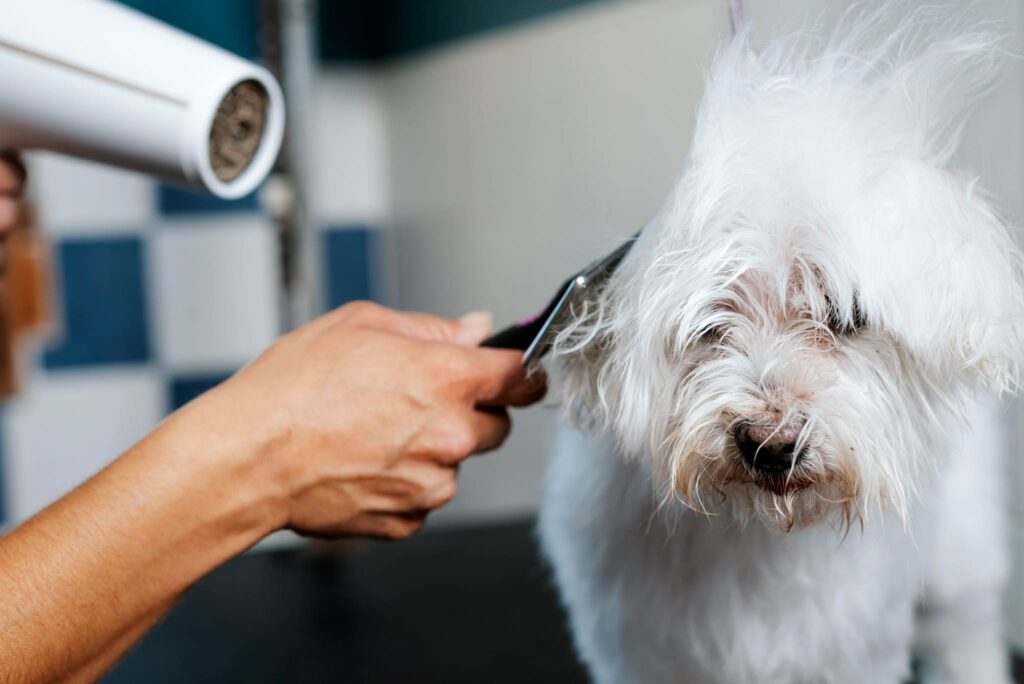Pet Resources
Helpful Information from Great Falls Animal Hospital
Great Falls Animal Hospital provides a wide variety of services for animals of all ages. It’s our passion to help pet parents in as many ways as possible. That’s why we offer everything from routine wellness checkups to vaccinations to dental care and beyond here in Great Falls, VA. In addition to these services, we also provide a wide selection of resources that we believe can further assist you with caring for your pets.
Check out some of the websites below that were chosen by our veterinarians. If you have immediate questions or concerns about your pet, don’t hesitate to reach out to our team at (703) 759-2330.
- General Pet Care
- Health Certificates
- How To Keep Your Pet Safe
- Diseases And Vaccinations
- Cat Resources
- Dog Resources
- Grief Support And Counseling
Pet Ownership Basics
Animal Poison Control
Step By Step Guide to Administering Subcutaneous Fluids to Your Pet
AAHA’s Health Pet website can help
AVMA video on how to pic the right toy for your pet
Learn how to brush your pets teeth in this video
Anesthesia and Your Pet video by AVMA
Veterinary Partner has all kinds of information written by veterinarians
My pet needs a blood test. What does this mean? The AVMA has a video explanation.
Pet Dental Care
What is a Microchip and Why Should I Get One?
Microchipping FAQ from the AVMA
Learn more about how pets age compared to humans
Information on keeping your pet at a healthy weight
How to give your dog medication
Puppy socialization video by the AVMA
Puppy Scavenger Hunt /_template/191254/11611403
Crate training your puppy by Eukanuba
Dog Allergies
Heartworm Life Cycle
Learn how to clean your dog’s ears
Dental care in dogs
Post injury rehabilitation for Dogs: Cruciate Ligament Surgery
HelpGuide.org has links for you or your loved ones experiencing grief over the loss of a pet. It also has good resources for helping children
ASPCA Grief Counseling Line: (877) 474-3310.
Washington State University Pet Loss Support: (866) 266-8635 – Monday through Thursday, 7PM – 9PM, Saturday, 1PM – 3PM
The Right Choice for Your Beloved Pet

Five Decades of Care
When experience matters choose a veterinary hospital that is backed by more than 50 years of experience. We’re here to combine our experience and compassion to care for your beloved pet.
Many Payment Options
We know how stressful and expensive it can be when your pet is sick. We truly care about your pet’s health, let us work with you to find the best payment option for your pet’s visit.
Our Mission for Your Pet
We are guided by the common understanding that the hospital’s foremost mission is to keep our patients healthy and enjoying life with their families.
Real Stories from Real Owners
Hours & Location
- Hours
Monday-Friday: 8am-6pm
Saturday: 8am-3pm
Sunday: Closed
- Location
- Phone